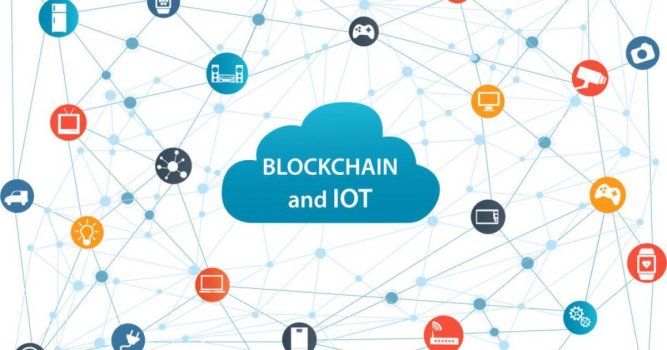K
Kathleen Martin
Guest
Thanks to the networks and connectivity with IoT, we are now in the global village, the internet of things being in the center of its all. The internet is poised to connect people, but this new technology is for connectivity and things. This means both animate and inanimate objects can now relay information from set sensors, which cuts across healthcare, agriculture, finance, and other industries. Unfortunately, there are new security implications, such as a hacker potentially accessing your rooms if you have internet-connected locks or a hacker accessing private information from important facilities in the healthcare wing. It is a scare to not only homes but also industries. Despite the goodies that come with the internet of things, it is faced with many threats, and vital information can always land in the wrong hands, and all ends can break loose. The questions are then; how secure are we around the internet of things? And How can we stay safe from any malware or keep off the treats that come with our goodies?
This is where blockchain technology comes in. Like the gates in real life, a blockchain block is connected and contains information. In these blocks are financial value, user data, and messages. Why blockchain? Altering information from the blockchain is difficult, and information shared between the blocks must agree. A block has a harsh and a harsh can be equivalent to a fingerprint. It is a technique that guarantees security at all times. The harsh plays a major role in validating information running across the blocks. When the genesis block's hash disagrees with the next block, it will call for invalidation of the entire block. Blockchain technology uses the harsh and proof of work to secure the internet of things. To secure itself, the blockchain has a peer-to-peer network.
Trust is always earned, and before it is, two parties can always have a talk, and when they would love to transact, blockchain and the internet of things can easily be the intermediary to solve the puzzle. Take a case where things in a container are to be traded, tracking devices, and the conditions of these things have to have all its records correct. Blockchain technology can, in its best way, ensure that all is well.
Convenience and the security of our purchases are what we all need. We all go for these products when applications are installed in the things we purchase to guarantee security and convenience. These issues can be more pronounced as more technology is employed in the applications in the pings we purchase.
Continue reading: https://www.benzinga.com/markets/cryptocurrency/21/11/24335780/blockchain-the-solution-in-the-internet-of-things-iot-security
This is where blockchain technology comes in. Like the gates in real life, a blockchain block is connected and contains information. In these blocks are financial value, user data, and messages. Why blockchain? Altering information from the blockchain is difficult, and information shared between the blocks must agree. A block has a harsh and a harsh can be equivalent to a fingerprint. It is a technique that guarantees security at all times. The harsh plays a major role in validating information running across the blocks. When the genesis block's hash disagrees with the next block, it will call for invalidation of the entire block. Blockchain technology uses the harsh and proof of work to secure the internet of things. To secure itself, the blockchain has a peer-to-peer network.
Trust is always earned, and before it is, two parties can always have a talk, and when they would love to transact, blockchain and the internet of things can easily be the intermediary to solve the puzzle. Take a case where things in a container are to be traded, tracking devices, and the conditions of these things have to have all its records correct. Blockchain technology can, in its best way, ensure that all is well.
Convenience and the security of our purchases are what we all need. We all go for these products when applications are installed in the things we purchase to guarantee security and convenience. These issues can be more pronounced as more technology is employed in the applications in the pings we purchase.
Continue reading: https://www.benzinga.com/markets/cryptocurrency/21/11/24335780/blockchain-the-solution-in-the-internet-of-things-iot-security

